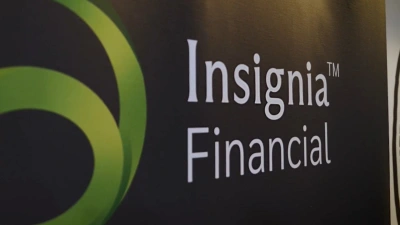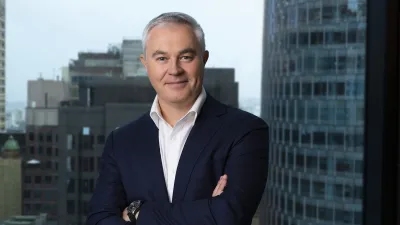Industry challenged by falling advisers but growing demand


More consolidation of advisers is likely to emerge as increasing numbers leave the industry, according to Easton Investments.
Speaking at the House of Representatives economics standing committee, Nathan Jacobsen, Easton managing director, said the firm had around 500 licenced advisers and that 160 had opted to hand back their authorisations as they were leaving the industry.
Around 70% of these were accountants while the remainder were advisers who had sold their business or transferred it to a younger adviser.
For accountants, many felt the costs of the Australian Securities and Investments Commission (ASIC) levy were too high for it to be sustainable for them to keep giving advice.
This was posing problems, Jacobsen said, as he expected the number of households seeking advice to reach three million by 2025. However, the number of advisers would be down to 15,000 by then. This would leave consumers seeking advice in alternative routes such as robo-advice.
“It might be a temporary dislocation due to the small number of new entrants that might correct itself, but in the next five years then we have a problem,” Jacobsen said.
Speaking to deputy chair, Andrew Leigh, he said he also expected to see more mergers and consolidation in light of this.
“There will be consolidation in advisers themselves, they will merge and we will see a new adviser market emerge because of the rising costs,” Jacobsen said.
“So, they will be better qualified advisers who are able to provide a better service, leading to better long-term outcomes.”
Simultaneously, there was a problem regarding fees and the cost of advice, when asked by chair Tim Wilson, Jacobsen declined to estimate on a level of assets needed to make advice affordable.
“There are limited opportunities for how to charge fees. Advisers are of a similar standing to a lawyer or an accountant so it is very hard to give that knowledge for a lower fee,” Jacobsen said.
“An adviser would not be talking to someone who only had $20k because they would not have the cash available to pay the fees.
“It’s no longer about how much you can afford to invest but whether you can afford the fee for the advice.”
Wilson described this move towards higher fees as being “perverse”.
Recommended for you
Net cash flow on AMP’s platforms saw a substantial jump in the last quarter to $740 million, while its new digital advice offering boosted flows to superannuation and investment.
Insignia Financial has provided an update on the status of its private equity bidders as an initial six-week due diligence period comes to an end.
A judge has detailed how individuals lent as much as $1.1 million each to former financial adviser Anthony Del Vecchio, only learning when they contacted his employer that nothing had ever been invested.
Having rejected the possibility of an IPO, Mason Stevens’ CEO details why the wealth platform went down the PE route and how it intends to accelerate its growth ambitions in financial advice.















